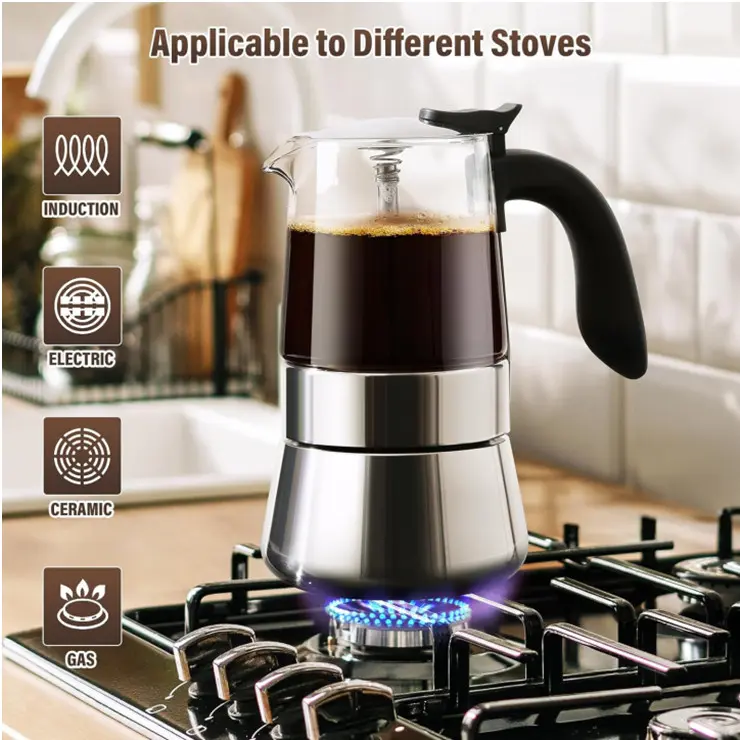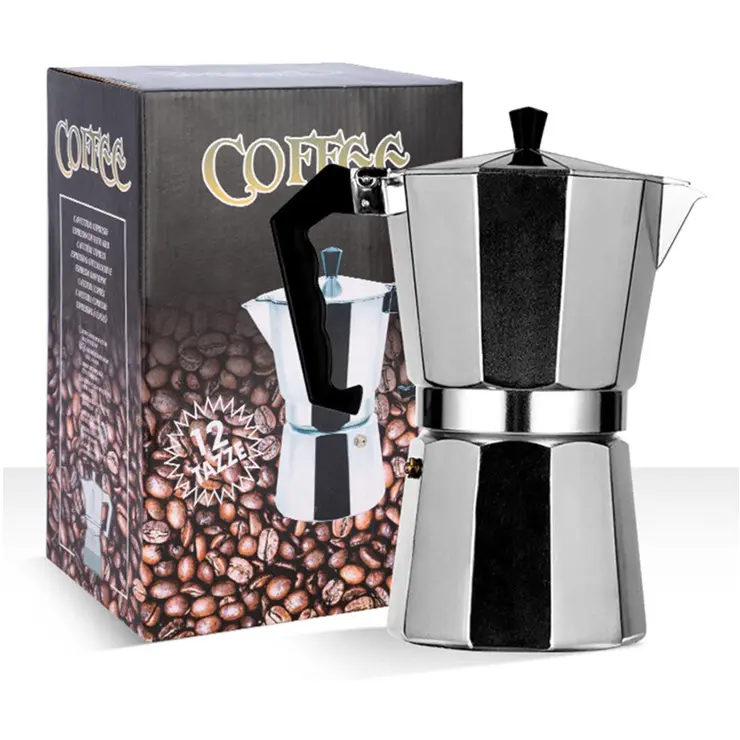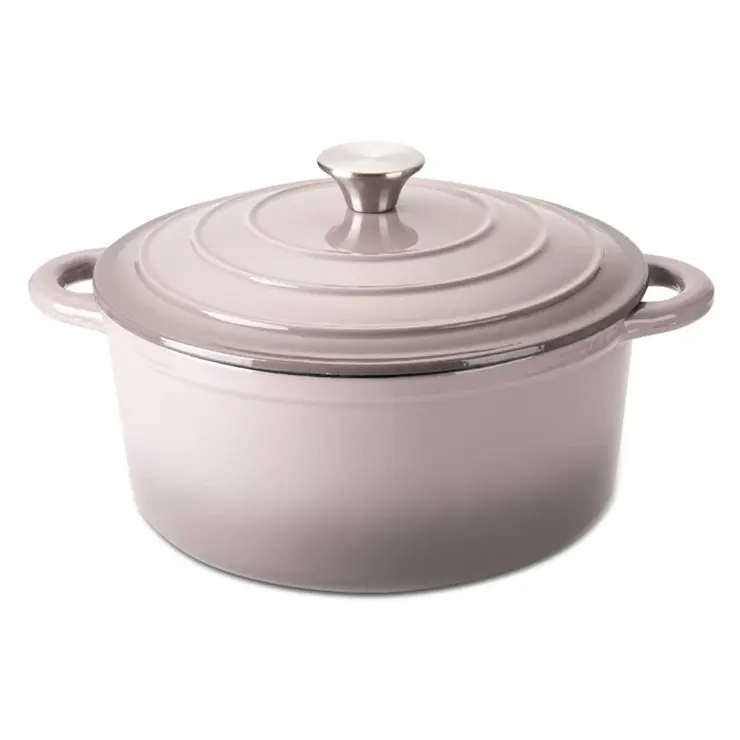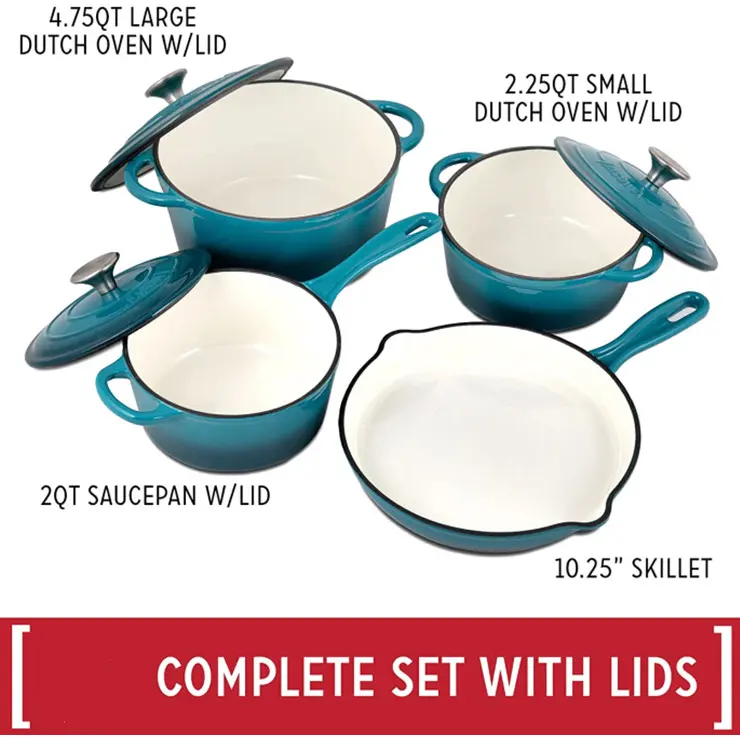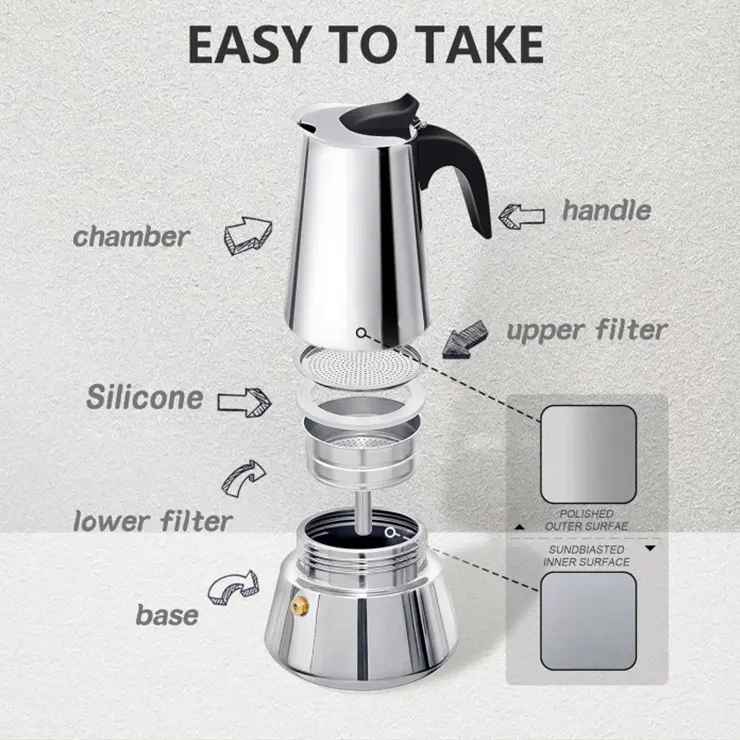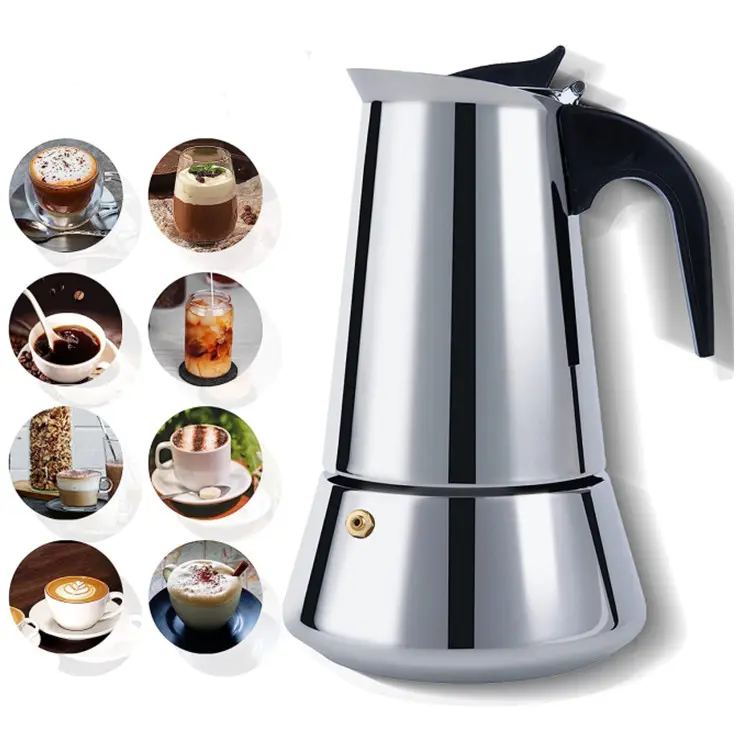Is nonstick coating harmful to health? Fake!
The emergence of non-stick pans provides conditions for healthy and oil-free cooking, and also makes cleaning cookware easier. However, as non-stick pans enter our lives, doubts about the safety of their coatings have never ceased. Some people believe that non-stick pan coatings, especially Teflon coatings, will decompose harmful substances into food under high temperatures. Although the amounts are small, they will accumulate in the human body. In fact, nonstick Teflon coatings are safe to use as long as cooking temperatures are properly controlled.
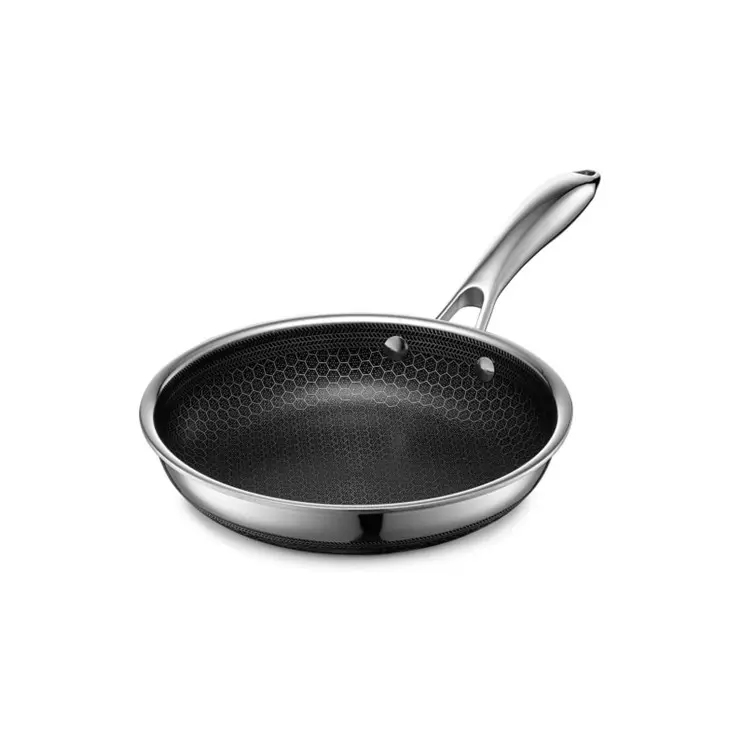
Teflon: the weapon for most non-stick pans
The history of nonstick pans and the coating materials used in them dates back to World War II. The earliest non-stick material was polytetrafluoroethylene (PTFE), now known as Teflon, which was discovered in 1938 by DuPont engineer Roy Plunkett. At that time, he was trying to make a new chlorofluorocarbon refrigerant, but accidentally discovered that tetrafluoroethylene had polymerized in a high-pressure storage container to generate a new substance. This new substance has a high degree of corrosion resistance. Most strong acids and alkalis (including aqua regia and fluorantibonic acid), strong oxidants and reducing agents cannot resist it. Therefore, Teflon has another nickname. ——The King of Plastics.
However, what really brings Teflon into the field of cookware is its other two properties: ultra-low coefficient of friction and surface energy. Teflon's friction coefficient is the smallest among all plastics, and its surface energy is also the lowest among all solid materials. These properties make it difficult for other substances to adhere to its surface. With these two absolute advantages, Teflon occupies most of the market for non-stick coatings. In recent years, in addition to Teflon, other types of non-stick coatings have also been developed. Japan's Dakin fluorine coating, the United States' Whitford coating and ceramic coatings have gradually been accepted by the market. However, Teflon still occupies the main position in the non-stick pan market due to its excellent performance and high cost performance.
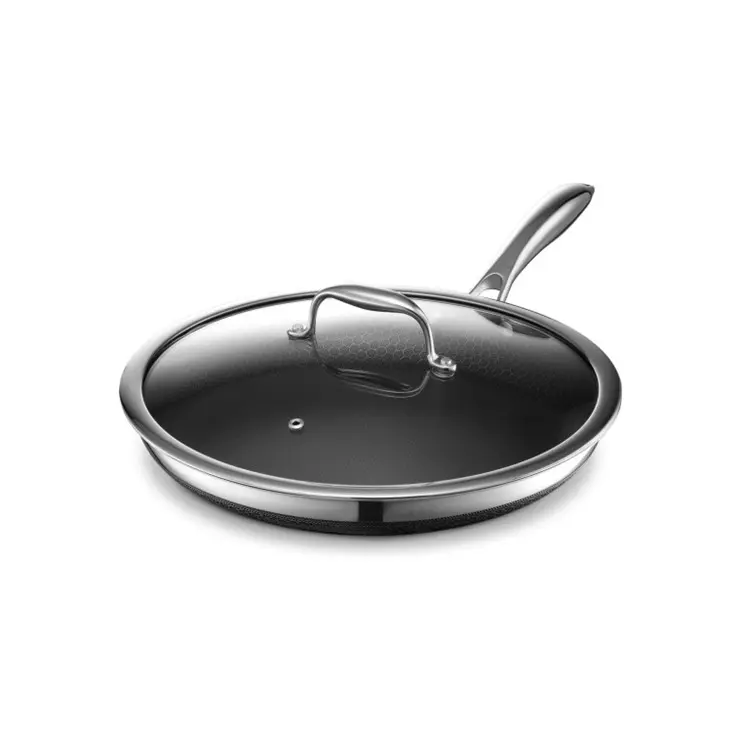
Does Teflon release toxic substances?
Non-stick pans bring a lot of convenience to cooking, but many people are always worried about the safety of Teflon coating. So, is it possible for it to release toxic substances during use?
PTFE has very stable physical and chemical properties at room temperature and normal conditions. However, considering that cookware is used in high-temperature environments, its safety at high temperatures is our focus. According to DuPont data[1], cookware using Teflon non-stick coating will not undergo any change in the temperature range from normal temperature to 260°C (550°F), but when the temperature exceeds 260°C, the coating will Gradually transitions to an unstable state, decomposing when the temperature exceeds 350°C (660°F).
In daily cooking methods, stir-frying with higher temperatures usually only reaches a temperature of about 200°C. Even if deep-frying is used, the oil temperature generally does not exceed 250°C, so in normal cooking, there is no need to worry. The coating decomposes and releases harmful substances. Moreover, the smoke point of common cooking oils is usually between 200℃-250℃. If you really burn the pot to a temperature high enough for the coating to decompose, the first thing you need to consider is that the decomposition of the oil will produce harmful substances. Such eating habits are natural Not healthy either.
If the Teflon coating is overheated, inhaling the fumes it releases can cause flu-like symptoms including chills, headache, fever and coughing, a condition known as "polymer smoke fever" ( Polymer fume fever). These "polymer fumes" may also cause more serious harm to some birds, which can lead to death. However, this situation only occurs when the coating material is heated to 300-450°C, which is difficult to achieve unless the non-stick pan is left empty for a long time.
It is rare for non-stick pans to cause "polymer smoke fever". One such rare case was published in the 2012 "BMJ Case Reports", but the conditions for its occurrence are by no means It falls under the category of "normal use": the client fell asleep while heating the pot to prepare lunch, and slept for 5 hours. When he woke up, he found that the kitchen was surrounded by smoke. Under normal use conditions, there is no need to worry about the occurrence of "polymer fume heat".

Can the raw materials used in non-stick coatings cause deformities and cancer?
In addition to polytetrafluoroethylene itself, safety concerns about Teflon non-stick pans also stem partly from a processing aid used in its production process - perfluorooctanoic acid (PFOA). There are reports that this substance can cause cancer and is linked to birth defects. Is this something to worry about?

Perfluorooctanoic acid is an organic acid in which the hydrogens in the carbon chain are completely replaced by fluorine atoms. It is used industrially in the production of fluoropolymers, but only a trace amount remains in the final product. There is still some controversy about the impact of PFOA on human health. Some epidemiological studies have indeed linked it to an increased risk of cancer or birth defects, but it is worth noting that these studies focused on occupational exposure in factories or water sources. contamination, and there is no evidence that exposure to trace amounts in finished Teflon-coated products increases risk. The U.S. Environmental Protection Agency (EPA) and the American Cancer Society (ACS) both point out that although PFOA may be harmful, consumers do not need to worry about Teflon and similar fluoropolymer products themselves when exposed to it.
Moreover, PFOA is no longer used in the production of non-stick pan coatings. By the end of 2011, all non-stick cookware was PFOA-free, and Teflon-coated cookware that was launched in 2012 and later will no longer use PFOA.

What should I do if the coating comes off?
While organic nonstick coatings are powerful, they are certainly not that resistant to wear and tear. As non-stick cookware is used for an extended period of time, the coating will be damaged to some extent or even peel off.
When you use it normally, there is no need to worry about health risks caused by peeling of the coating. The properties of PTFE are very stable at room temperature. Even if you eat a small amount of coating particles, it will not affect your health. However, once the coating peels off, the non-stick effect will be greatly reduced and cleaning will become troublesome, so use these non-stick cookware with caution.
Basically, as long as you do the following things, you can greatly extend the service life of your non-stick pan:
Do not overheat nonstick cookware under abnormal circumstances;
Do not rinse nonstick cookware with cold water immediately after use;

When washing non-stick cookware, try to use a soft cloth to wipe it, and avoid using hard steel balls to scrub the inner wall of the cookware. When cooking, try to use a wooden or synthetic spatula to avoid scratching the inner pot.
Currently, it appears that Teflon-coated nonstick pans are safe to use as long as cooking temperatures are properly controlled. Instead of worrying about whether Teflon will harm human health, it is better to spend more energy on improving cooking methods, eating habits, and dietary structure, which will be more helpful to improve health.

